-
 Bitcoin
Bitcoin $118900
-2.33% -
 Ethereum
Ethereum $4288
-0.13% -
 XRP
XRP $3.151
-3.21% -
 Tether USDt
Tether USDt $1.000
0.02% -
 BNB
BNB $809.5
-1.17% -
 Solana
Solana $175.7
-4.75% -
 USDC
USDC $0.0000
0.01% -
 Dogecoin
Dogecoin $0.2246
-5.75% -
 TRON
TRON $0.3473
2.19% -
 Cardano
Cardano $0.7809
-5.18% -
 Chainlink
Chainlink $21.38
-3.48% -
 Hyperliquid
Hyperliquid $43.29
-5.53% -
 Stellar
Stellar $0.4375
-3.21% -
 Sui
Sui $3.685
-6.68% -
 Bitcoin Cash
Bitcoin Cash $595.2
3.50% -
 Hedera
Hedera $0.2483
-6.60% -
 Ethena USDe
Ethena USDe $1.001
-0.01% -
 Avalanche
Avalanche $23.03
-5.28% -
 Litecoin
Litecoin $119.5
-5.02% -
 Toncoin
Toncoin $3.395
-0.07% -
 UNUS SED LEO
UNUS SED LEO $9.007
-1.19% -
 Shiba Inu
Shiba Inu $0.00001304
-5.44% -
 Uniswap
Uniswap $11.35
1.57% -
 Polkadot
Polkadot $3.898
-5.43% -
 Cronos
Cronos $0.1671
-0.16% -
 Ethena
Ethena $0.8121
-2.45% -
 Dai
Dai $1.000
0.02% -
 Bitget Token
Bitget Token $4.412
-1.73% -
 Monero
Monero $264.0
-0.64% -
 Pepe
Pepe $0.00001128
-8.12%
Which blockchain apps perform best in the Chinese market?
Despite Chinese regulations, decentralized apps (dApps) thrive, prioritizing accessibility (Simplified Chinese, censorship circumvention), privacy, and strong Chinese communities. Success hinges on navigating the complex regulatory landscape indirectly.
Mar 12, 2025 at 03:35 pm
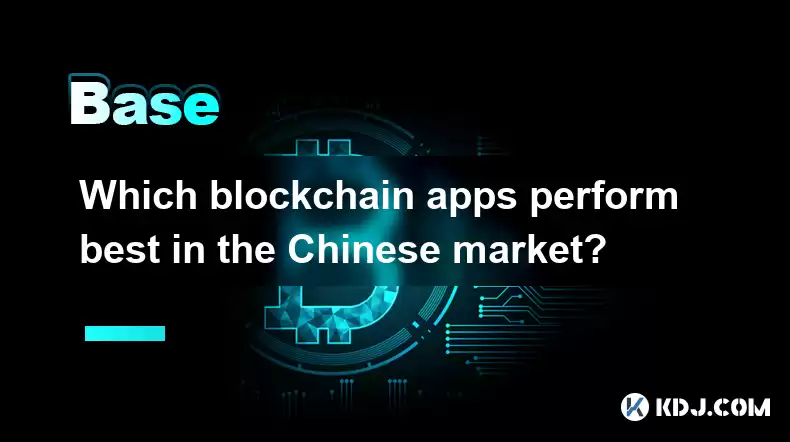
Key Points:
- The Chinese cryptocurrency market, while heavily regulated, still sees significant activity through decentralized applications (dApps) and indirectly via overseas exchanges.
- Several factors influence a dApp's success in China, including accessibility, user experience tailored to the Chinese market, and the ability to circumvent regulatory hurdles.
- While specific performance data for dApps within China is difficult to obtain due to censorship and regulatory pressures, certain app categories and underlying blockchains tend to show more traction.
- Privacy-focused blockchains and those with strong communities in China might have an advantage, though this is difficult to definitively quantify.
Which Blockchain Apps Perform Best in the Chinese Market?
The question of which blockchain applications perform best in the Chinese market is complex. Due to the stringent regulatory environment, direct measurement of app popularity and usage within China is challenging. The Chinese government has placed significant restrictions on cryptocurrency trading and the operation of centralized exchanges. However, this doesn't mean blockchain technology and its applications are entirely absent. Instead, activity often shifts to decentralized applications (dApps) and interaction with overseas exchanges.
Understanding the Chinese market requires acknowledging the regulatory landscape. Direct access to major international exchanges is severely limited. This pushes users towards decentralized solutions and potentially less regulated platforms. This means measuring success isn't simply about downloads or transaction volume on publicly available trackers, but requires considering alternative metrics like community engagement within China and the indirect influence of Chinese users on global dApp usage.
One crucial factor for a dApp's success in China is accessibility. This includes language support (simplified Chinese), a user-friendly interface catering to Chinese preferences, and the ability to access the app without encountering censorship hurdles. Many dApps might rely on VPNs or other circumvention techniques to function effectively within the country.
Another critical aspect is the nature of the dApp itself. Applications focused on privacy and security, for example, might find a more receptive audience in a market where user data protection is a growing concern. Similarly, dApps built on blockchains with a strong existing community within China could have an inherent advantage. This network effect can contribute to adoption and user retention.
While precise performance data remains elusive, we can speculate about which blockchain categories might be more prevalent. Decentralized finance (DeFi) applications, although facing the same regulatory challenges, could find a niche amongst sophisticated users. Gaming dApps, particularly those offering unique and engaging experiences, could also attract a sizable player base.
However, determining the "best" performing apps requires a nuanced approach. It's not simply about raw transaction volume or user numbers, but about the success of a dApp in navigating the unique constraints and opportunities of the Chinese market. This includes understanding the indirect influences and the challenges in accurately tracking usage within a regulated environment.
The underlying blockchain technology also plays a significant role. Blockchains known for their speed, scalability, and low transaction fees might be preferred for certain types of dApps within China. However, the regulatory landscape necessitates a focus on privacy-preserving technologies and decentralized applications that can function effectively despite restrictions on access to certain services and information.
The regulatory environment constantly evolves, impacting the viability and popularity of various dApps. Understanding these changes is crucial for any developer or investor aiming to succeed in the Chinese blockchain market.
Furthermore, the Chinese market is incredibly diverse, with varying levels of technological literacy and cryptocurrency understanding across different demographics. A dApp’s success depends not only on its technical features but also on its ability to reach and engage with these diverse user groups.
- Accessibility: Easy-to-use interface in Simplified Chinese, ability to circumvent censorship.
- Privacy: Apps emphasizing privacy and data security might be more popular.
- Community: Strong pre-existing Chinese community support for the blockchain.
- Regulatory Compliance (Indirect): Designing dApps that operate within the confines of the regulatory environment (albeit indirectly).
Frequently Asked Questions:
Q: Are there any publicly available rankings of blockchain apps in China? A: No, due to censorship and regulatory restrictions, comprehensive and reliable public rankings of blockchain apps specifically within China are extremely rare. Data available globally might not accurately reflect the Chinese market’s usage.
Q: What are the biggest challenges for blockchain app developers targeting the Chinese market? A: The primary challenges include regulatory hurdles, censorship, limited access to traditional financial services for crypto transactions, and the need to navigate complex cultural nuances to design user-friendly applications.
Q: What blockchain technologies are most likely to be used in China, despite regulations? A: Privacy-focused blockchains, those with strong community support within China, and blockchains capable of high throughput and low transaction costs are potentially more suitable. However, this is speculative due to data limitations.
Q: Is it legal to use cryptocurrency in China? A: Cryptocurrency trading and the operation of centralized exchanges are heavily restricted and largely illegal in mainland China. However, the use of blockchain technology for other purposes, such as supply chain management or data storage, is not explicitly prohibited, though regulations remain complex and subject to change.
Disclaimer:info@kdj.com
The information provided is not trading advice. kdj.com does not assume any responsibility for any investments made based on the information provided in this article. Cryptocurrencies are highly volatile and it is highly recommended that you invest with caution after thorough research!
If you believe that the content used on this website infringes your copyright, please contact us immediately (info@kdj.com) and we will delete it promptly.
- Dogecoin, Presale, Surge: Riding the Meme Coin Wave
- 2025-08-12 11:10:12
- Dogecoin, Tron, and the ROI Reality Check: What's a Crypto Investor to Do?
- 2025-08-12 11:15:12
- Ethereum Layer-2 Scaling Competition Heats Up as ETH Breaks $4K
- 2025-08-12 10:30:12
- China Regulation, Stablecoins, and BNB Presale: Navigating the Crypto Landscape
- 2025-08-12 11:30:12
- Meme Coins, Investment, and Token Burns: What's Hot in 2025?
- 2025-08-12 10:30:12
- BlockDAG, Chainlink, Hedera: The Cryptos Enterprises are Eyeing
- 2025-08-12 09:30:12
Related knowledge
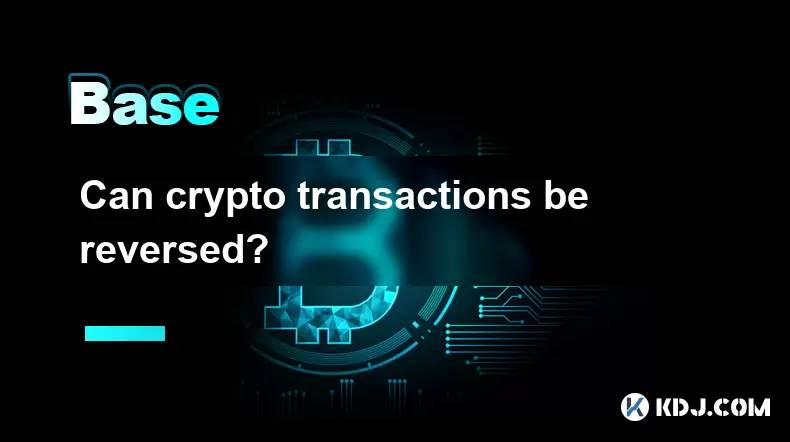
Can crypto transactions be reversed?
Aug 10,2025 at 01:35am
Understanding the Immutability of Blockchain TransactionsCryptocurrency transactions are built on blockchain technology, which is designed to be immut...
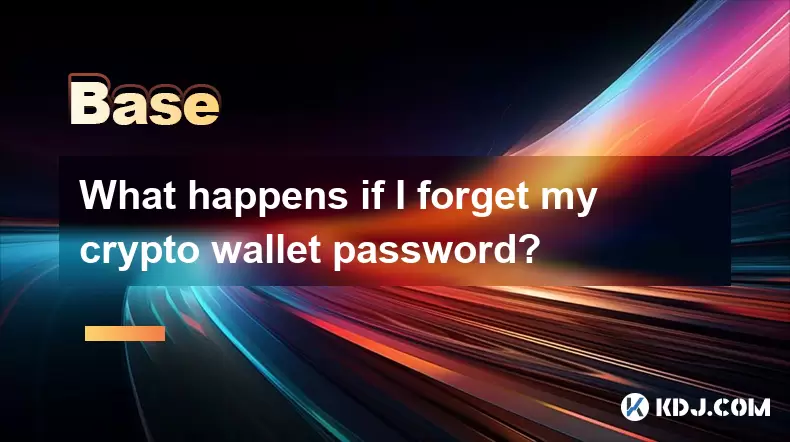
What happens if I forget my crypto wallet password?
Aug 09,2025 at 08:50am
Understanding the Role of a Crypto Wallet PasswordA crypto wallet password serves as a critical security layer that protects access to your digital as...
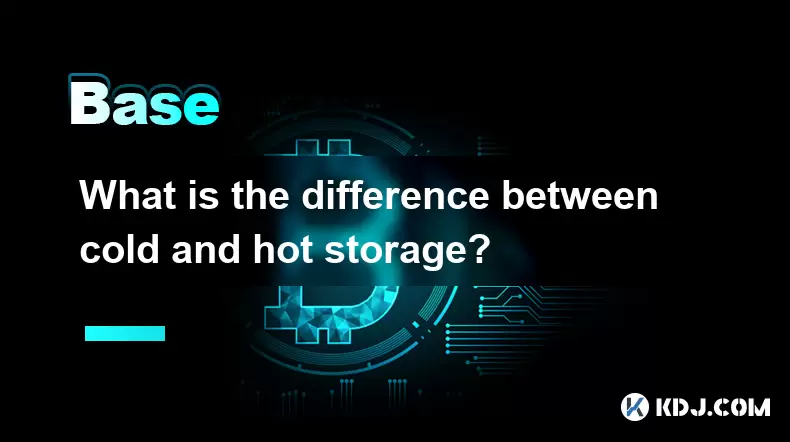
What is the difference between cold and hot storage?
Aug 12,2025 at 01:01am
Understanding Cold Storage in CryptocurrencyCold storage refers to offline methods of storing cryptocurrency private keys, ensuring they are not expos...
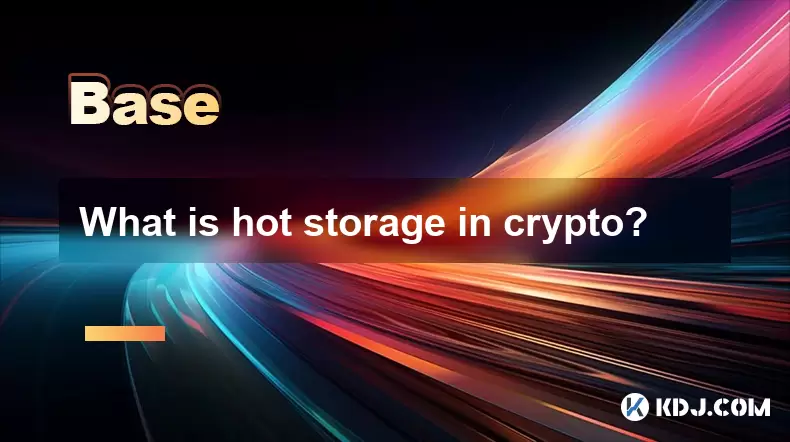
What is hot storage in crypto?
Aug 11,2025 at 07:08am
Understanding Hot Storage in CryptocurrencyHot storage refers to cryptocurrency wallets that are connected to the internet. Unlike cold storage soluti...
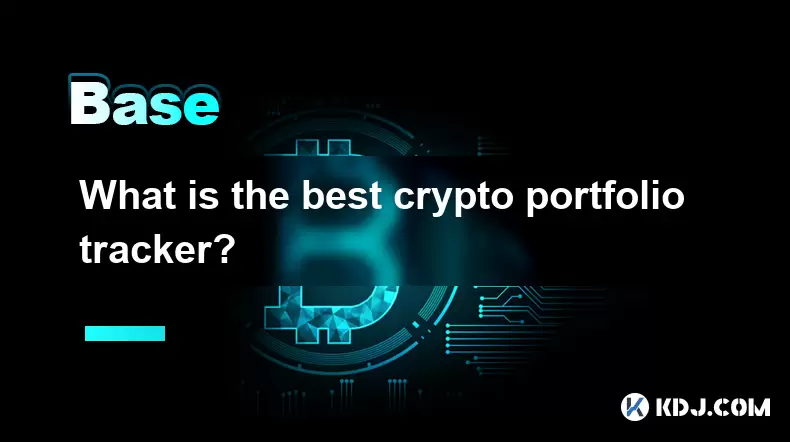
What is the best crypto portfolio tracker?
Aug 10,2025 at 05:08am
Understanding the Role of a Crypto Portfolio TrackerA crypto portfolio tracker is a digital tool designed to help investors monitor the performance of...
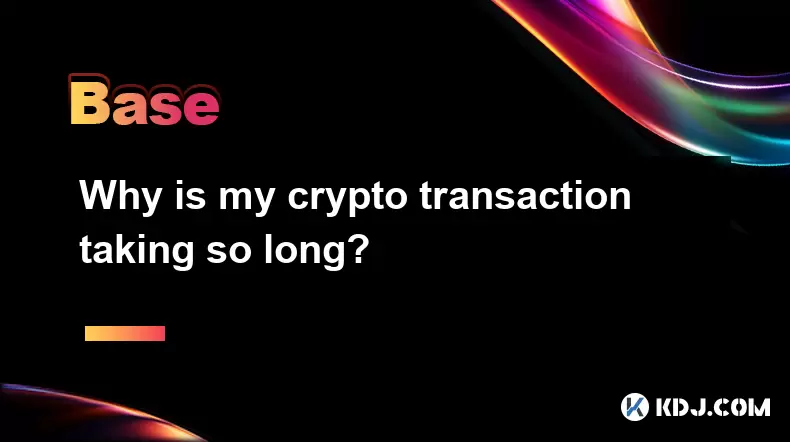
Why is my crypto transaction taking so long?
Aug 11,2025 at 11:35am
Understanding Blockchain Network CongestionWhen a crypto transaction is delayed, one of the most common causes is network congestion on the blockchain...

Can crypto transactions be reversed?
Aug 10,2025 at 01:35am
Understanding the Immutability of Blockchain TransactionsCryptocurrency transactions are built on blockchain technology, which is designed to be immut...

What happens if I forget my crypto wallet password?
Aug 09,2025 at 08:50am
Understanding the Role of a Crypto Wallet PasswordA crypto wallet password serves as a critical security layer that protects access to your digital as...

What is the difference between cold and hot storage?
Aug 12,2025 at 01:01am
Understanding Cold Storage in CryptocurrencyCold storage refers to offline methods of storing cryptocurrency private keys, ensuring they are not expos...

What is hot storage in crypto?
Aug 11,2025 at 07:08am
Understanding Hot Storage in CryptocurrencyHot storage refers to cryptocurrency wallets that are connected to the internet. Unlike cold storage soluti...

What is the best crypto portfolio tracker?
Aug 10,2025 at 05:08am
Understanding the Role of a Crypto Portfolio TrackerA crypto portfolio tracker is a digital tool designed to help investors monitor the performance of...

Why is my crypto transaction taking so long?
Aug 11,2025 at 11:35am
Understanding Blockchain Network CongestionWhen a crypto transaction is delayed, one of the most common causes is network congestion on the blockchain...
See all articles

























































































